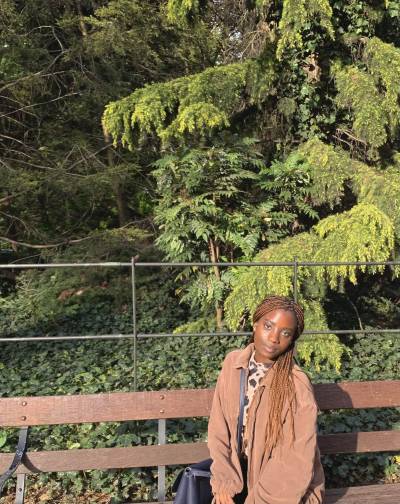How I Created My Portfolio for The Bartlett School of Architecture
The time has come to put together your architecture portfolio for university… but where do you even start? Don’t panic! Although your portfolio should be carefully planned, it is an exciting opportunity to demonstrate your creative skills and showcase work that you’re passionate about. Here are the steps that I took to create my portfolio for the Engineering and Architectural Design MEng, as well as some tips which I hope will help with your own portfolio endeavours. Good luck!
1. Deciding the contents

- Is this my best work? Don’t undersell yourself, but also don’t be afraid to include any rough sketches or prototypes that you may have. Remember that this is your chance to leave a great first impression!
- Have I shown variety? It is very important to demonstrate a variety of skills and styles to the interviewer. This may include (but, of course, is not limited to) drawings, paintings, collage, models, digital work, or photography. If there are no restrictions on the pages of work that you can present, make sure not to go overboard. Part of putting a portfolio together is being selective and decisive.
- Should I include the process? It is also important to show the process behind your work (although, this isn’t something you need to show for every single piece of work that you include). This may be a project that you worked on during A-Level Art or a particular course that you undertook. The process demonstrates your unique way of thinking which helps the interviewer(s) learn more about you.
- What makes me unique? Perhaps you design computer games, or you write music as a hobby? Think about what could set you apart from others who are applying.
2. Taking photos

Good quality photos are a must for your portfolio, therefore make sure you do not leave it last minute! You can create a simple backdrop for your work using two sheets of A1 white card or a cloth. Experiment with a variety of angles to see what represents your work in the best light and ensure that there is good lighting. If required, you may be able to bring certain pieces of work in person, such as sketchbooks or drawings.
3. Presentation

- Does this order make sense? Will you organise your work chronologically or by theme? Or perhaps it will tell a story as you progress through the portfolio?
- Have I been consistent? Choose a particular style for your portfolio and stick with it throughout e.g., a certain colour scheme or the way you structure your pages. Aim for neat and visually engaging layouts.
- Have I included too much text? Make sure to caption your images, however, keep text to a minimum as the interviewer will not spend much time reading. Be clear and concise with your words and ensure that the font is large enough to read.
- Is this all my own work? Sometimes it can be easy to forget to credit another person’s work, however it is very important to reference photos or text that is not your own.
I hope that these pointers have helped you to feel better prepared about putting your own portfolio together. Remember to give yourself plenty of time to sort it out so that you do not feel overwhelmed! Good luck to everyone applying to the Bartlett and we hope to welcome you soon.
About the author
Hi! I’m Teni and I’m about to start my final year at UCL studying MEng Engineering and Architectural Design. I have thoroughly enjoyed my time at The Bartlett School of Architecture so far and I am excited to return to London for the new academic year!

 Close
Close

